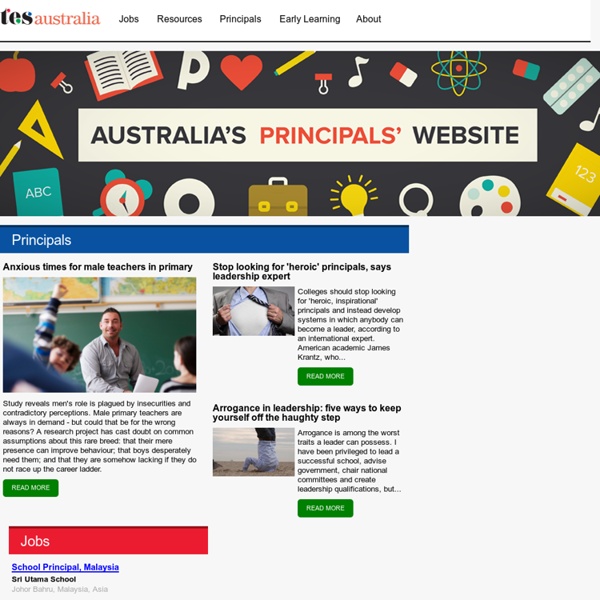



Music Lesson Plans and Activities The Teacher's Corner provides music lessons around colors, literature, and more. Find resources to help your students hit the right note. Your creativity and ideas can help other teachers. Submit your music lesson plan or activity today. Don't forget to include additional resources, documents or a photo. This indicates resources located on The Teacher's Corner. Wiggly Self Portraits Grades K-6th Grades: K-6thObjectives: Develop social interaction by working with others and development of creative process by designing outfit. Color Songs Grades K-1 Set the colors to music. Integrating Music & Literature Grades K-1 Lessons dealing with I Went Walking, Rain and the Five Little Ducks. Opening Song Grades Primary Summary: A fun opening song based on a Jack Prelutsky poem. We've even made up some gestures to go along with the lyrics. Patriotic Songs Grades Any - Great for ESL Students Summary: A great way to improve students' singing skills and patriotism. What is Jazz?
Twig Lesson Plans | National Association for Music Education Looking for the right lesson plans for your music class? NAfME members can use the My Music Class® library to find teaching ideas and resources. For almost 20 years, NAfME has been building a database of lesson plans. (You can search the archive here.) With the new 2014 Music Standards, we’re relaunching and expanding that database. Members with great ideas for Standards-Based teaching can log on to My Music Class® to share their ideas with colleagues around the nation. With the My Music Class® tool, you can sort by subjects like chorus, orchestra, or mariachi and find your age group and topic.
We should Bee Worried and then Bee... the change | Science Colony collapse disorder (CCD) is a phenomenon in which worker bees from a beehive or European honey bee colony abruptly disappear. While such disappearances have occurred throughout the history of apiculture, and were known by various names (disappearing disease, spring dwindle, May disease, autumn collapse, and fall dwindle disease), the syndrome was renamed colony collapse disorder in late 2006 in conjunction with a drastic rise in the number of disappearances of Western honeybee colonies in North America. European beekeepers observed similar phenomena in Belgium, France, the Netherlands, Greece, Italy, Portugal, and Spain, and initial reports have also come in from Switzerland and Germany, albeit to a lesser degree while the Northern Ireland Assembly received reports of a decline greater than 50%.Colony collapse is significant economically because many agricultural crops worldwide are pollinated by European honey bees.
15 Resources for Elementary Music Teachers | The Digital Music Educator The web is an excellent resource for music teachers who need free education materials for the elementary classroom. There are a number of sites that offers articles about music education and teaching strategies, lesson plans, classroom tools, children’s songs, fingerplays, and other helpful materials. Here are 15 sites to explore throughout the school year. MusTech.net – Created by Dr. The Lesson Plans Page – HotChalk’s Lesson Plans Page provides hundreds of detailed lesson plans for music teachers. Teachers.net – More than 100 music-related lesson plans are available for elementary school students at Teachers.net. We the Teachers – This social networking site was not created specifically for music teachers, but it is still a good resource for lesson plans and other classroom tools. NNCC Fingerplays Plus – The NNCC (National Network for Child Care) offers a large selection of fingerplays and rhymes for elementary school children. Guest post from education writer Karen Schweitzer.
A History of the World in 100 Objects Cover of A History of the World in 100 Objects, the companion book by Neil MacGregor A History of the World in 100 Objects was a joint project of BBC Radio 4 and the British Museum, comprising a 100-part radio series written and presented by British Museum director Neil MacGregor. In 15-minute presentations broadcast on weekdays on Radio 4, MacGregor used objects of ancient art, industry, technology and arms, all of which are in the British Museum's collections, as an introduction to parts of human history. The series, four years in planning, began on 18 January 2010 and was broadcast over 20 weeks.[1] A book to accompany the series, A History of the World in 100 Objects by Neil MacGregor, was published by Allen Lane on 28 October 2010.[2] The entire series is also available for download along with an audio version of the book for purchase. Content[edit] Object 68, the Hindu deity couple Shiva and Parvati sculpture with radio series information panel. Reception[edit] Objects[edit]
Storyful Want to Build a New App? There's an App for That, Too Competition in Apple’s App Store is so tough that even strong concepts must be planned to perfection before any development should start. So enter App Cooker: A hot new iPad app that makes sure other apps have the right ingredients in place before any development begins. App Cooker ($19.99) from Sophia-Antipolis, France-based Hot Apps Factory helps aspiring designers organize, plan and get app projects ready for production. 30-year-old Xavier Veyrat — the designer of App Cooker — spoke to Mashable about the development of the platform and the steps that go into creating a masterpiece app recipe. Have you always been into design? Always. What type of design inspires you? Companies such as Apple, Dyson and Braun are some of the main sources of my inspiration because they care about usefulness and beauty at the same time. How did the concept for App Cooker come about? Two years ago, I started to work on a gaming app with my partner Johann. What makes a good app?